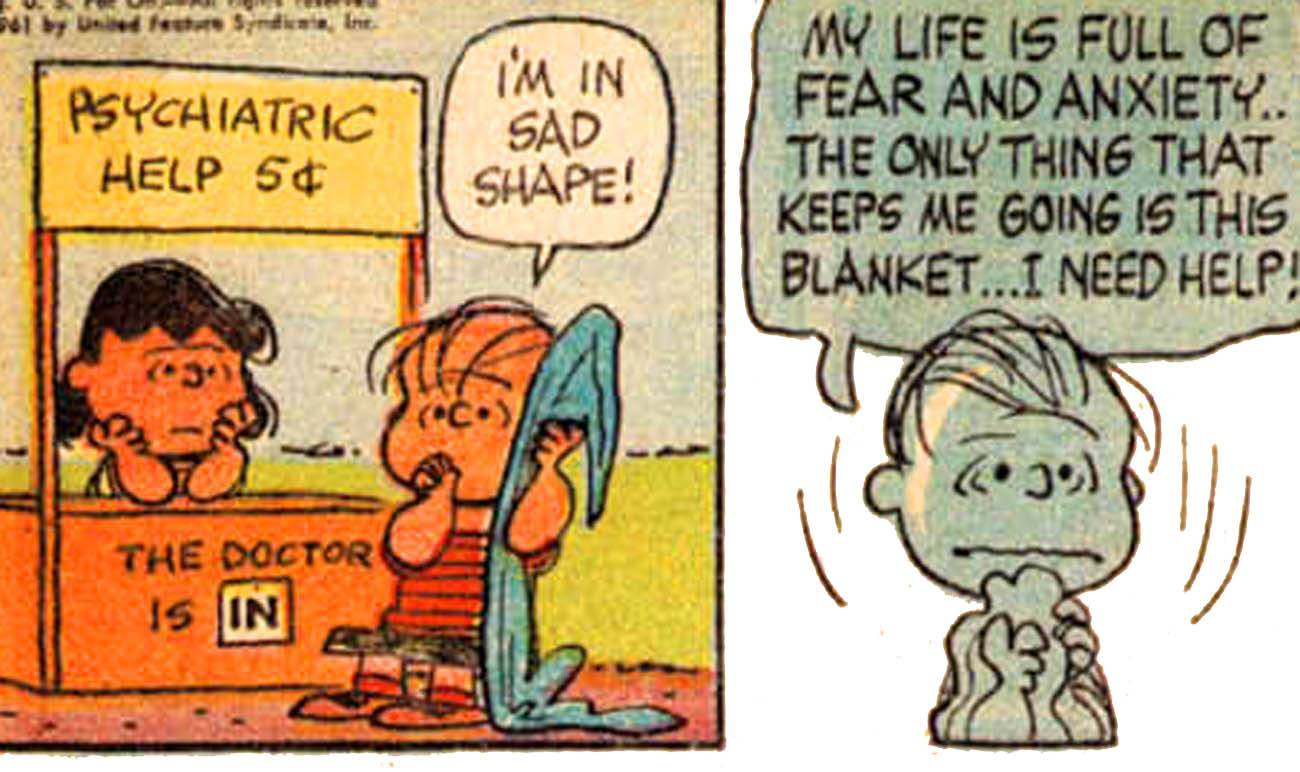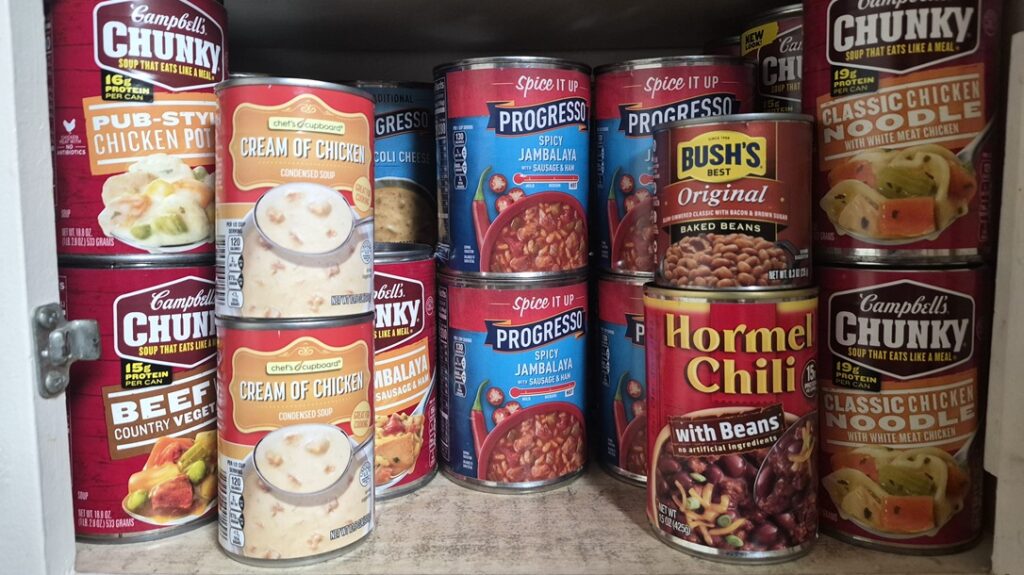I am a risk management professional. For real, it’s what I do for a living. So listen up for a second.
According to David Roeik and George Gray of the Harvard Center for Risk Analysis, in 2001 the average person in America stood approximately the following chances of dying from:
-Homicide: 1 in 240
-Motor vehicle accident: 1 in 88
-Cancer: 1 in 7
-Diabetes: 1 in 53
-Heart Disease: 1 in 4
-Suicide: 1 in 120
Advertisement — Continue Reading Below
Yes, the exact numbers have changed somewhat over the past 18 years, but not by enough to change the relative risks.
So what does that tell me, as someone interested in preserving my own life? Well, all of these are preventable or manageable deaths to some extent (yes, there are completely untreatable cancers, but they’re fairly rare—most are quite treatable if caught early). That tells me that if my goal is to avoid premature death, I should prioritize “carry a gun to avoid getting murdered” well below “get a yearly physical that includes cholesterol screening,” “get screened for any cancer for which I’m at an elevated risk to assist with early detection,” “eat a balanced diet to avoid Type II diabetes,” “get in shape to stave off heart disease,” “get help if any mental health issues arrive,” and “wear a seatbelt.”
But let’s say you DO keep yourself reasonably healthy and fit, you see the doctor once a year, you have a good diet, you’ve got any mental health issues under control if applicable, and you always wear your seatbelt. Does it then make mathematical sense to know how to defend yourself, or is that just Tactical Timmy fantasies about burning down a mugger in an alleyway?
Advertisement — Continue Reading Below
Well, there were an estimated 706,000 robberies and 963,000 aggravated assaults in the United States in 2015, per the Bureau of Justice Statistics. Assuming they were evenly spread across everyone in the country over the age of 12, that would equal odds of approximately 1 in 161 of any given person experiencing an aggravated assault or robbery.
Now, we know that number isn’t accurate, because it’s just an average: a teenage boy of a racial minority in a high crime gang-ridden inner city neighborhood has a significantly higher chance of being the victim of violent crime than a suburban white upper-middle-class housewife, and neither is anywhere close to the “average.”
While robberies and aggravated assaults by definition don’t kill you (then they get reclassified “homicide,”), they can do anything up to that point: an attempted murder where the victim’s life is saved at the hospital is an aggravated assault. They can be extremely injurious incidents that we are right to want to avoid for the same reason we want to wear a seat belt: it both keeps us alive AND minimizes the chances of severe injury in the event of a crash. So the average is a useful baseline against which to compare annual risks of other potentially severely injurious incidents.
Advertisement — Continue Reading Below
Per the National Center for Injury Prevention, in 2015 the average American faced the following chances of nonfatal injury from:
-Accidental fall: 1 in 34
-Accidental cut or piercing: 1 in 160
-Motor vehicle accident: 1 in 122
-Unintentional poisoning: 1 in 216
Remember, the odds of being the victim of a potentially injurious robbery or aggravated assault (ignoring simple assaults entirely) were 1 in 161 for the same year. In fact, non-sexual assaults (simple and aggravated) were the eighth leading cause of nonfatal injuries leading to an emergency room visit that year, so a significant number of those encounters WERE injurious: 1.23 million, in fact.
Again, the odds of a given individual experiencing a robbery or aggravated assault may differ wildly from the average, but the same can be said about the odds of being injured in a motor vehicle accident, or of falling, or of getting badly cut, or of being poisoned.
Advertisement — Continue Reading Below
The fact of the matter is that mathematically, the chances of “average” people in the United States needing to defend themselves from a robber or other violent attacker in any given year is in the same order of magnitude as the chances they’ll go to the emergency room from a motor vehicle accident, and is almost identical to the chances they’ll suffer a severe accidental cut or piercing. Yes, prioritize wearing a seatbelt, but that doesn’t mean “be able to defend yourself” is unimportant.
(Though I’ll point out that if you’re carrying a gun to protect yourself against the 1 in 161 chances of a robbery or aggravated assault, but don’t carry bleeding control equipment—i.e., tourniquet, compression bandage, gauze, etc—to protect yourself against the 1 in 160 chances of severe bleeding injuries, you’re probably an idiot.)
If you genuinely want to manage risk in your personal life, my advice to you would be the following, in order of priority:
1. Get in shape.
Advertisement — Continue Reading Below
2. Don’t eat like an asshole all the time. Have some veggies and lean meats.
3. See a doctor once a year.
4. Wear your seatbelt every time you’re in a moving vehicle.
Advertisement — Continue Reading Below
5. Take care of your mental health.
6. If you ride a motorcycle or operate other risky equipment that might leave you bleeding, wear all appropriate protective equipment every time.
7. Carry medical equipment for emergencies (bleeding control + anything related to your own medical conditions like a EpiPen or glucose, etc) and know how to use it.
Advertisement — Continue Reading Below
8. Learn how to defend yourself.
I’ve lost count of the number of patently unhealthy men and women I’ve met who don’t wear seatbelts and don’t carry medical equipment, but insist carrying a gun is what they need to do to protect themselves. Okay. You do you. There’s an argument to be made that you don’t want anyone else to kill you before you finish the job yourself, and that’s fine. Your life, your decisions. But I suspect that gun will be small comfort when you’re lying on the sidewalk dying from a heart attack or an arterial bleed that you could have prevented by focusing on actual risks versus carrying a gun-shaped safety blanket.















